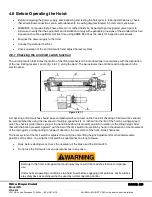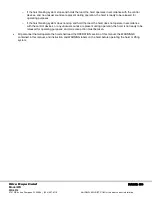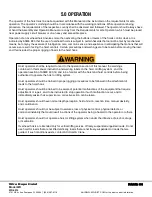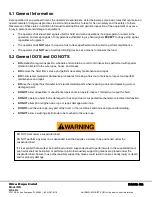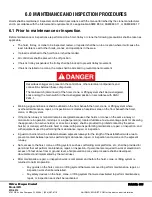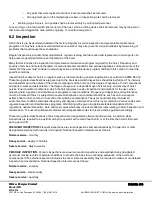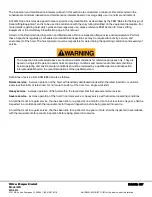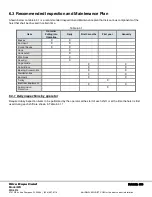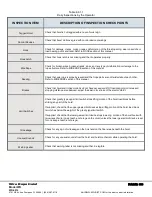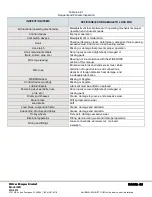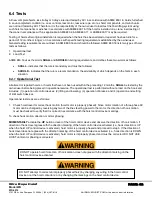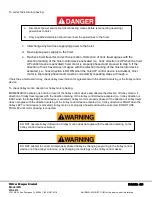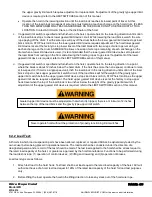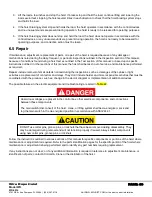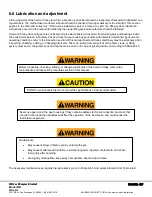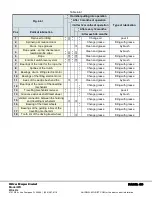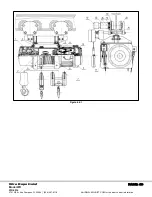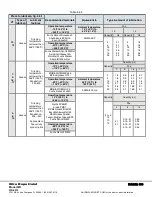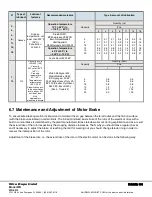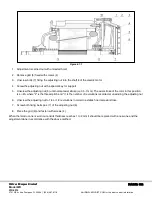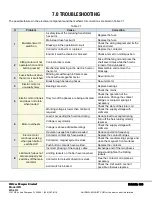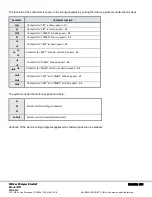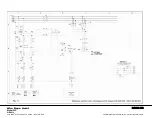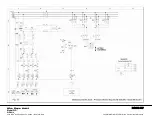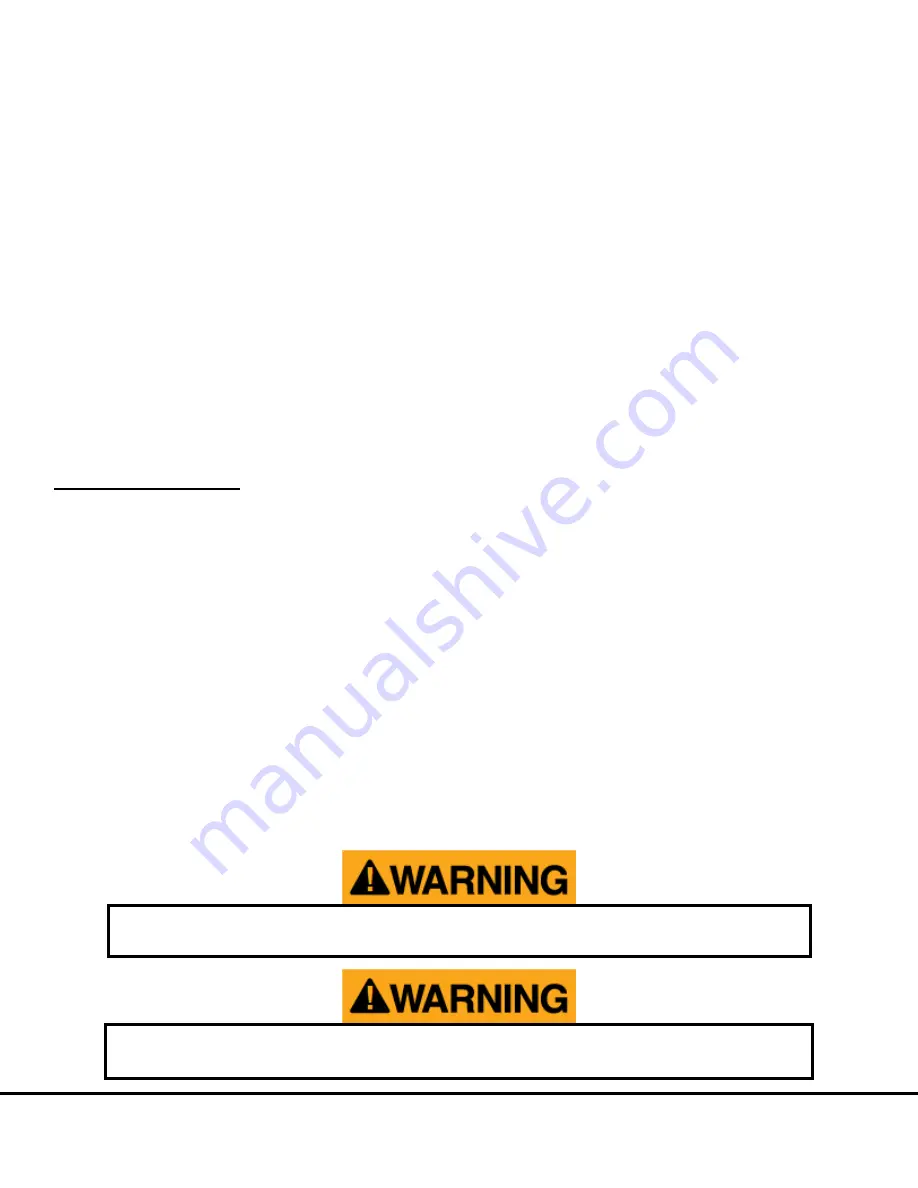
Wire Rope Hoist
PAGE: 42
Model WR
WR-0214
2721 NE 4
th
Ave Pompano FL, 33064 | (954) 367-6116
Visit WWW.ACIHOIST.COM for the most current information
6.4 Tests
All new complete hoists, less trolley or trolleys, are load tested by ACI in accordance with ASME 830.16. Hoists furnished
in an uncompleted condition (i.e. Jess controls, less motor, less wire rope, etc.) as hoist components, and winch units
are not load tested by ACI. Therefore, it is the responsibility of the owner/user to load test the final lifting system using
such hoist components or winches in accordance with ASME 830.16. If the hoist is installed on a crane, load testing of
the crane in accordance with, as applicable, ASME 830.2, ASME 830.11, or ASME 830.17 may be required.
Testing of hoists after original installation is required when the hoist has been altered or repaired; has been idle for a
period of 12 months or longer; or in accordance with specific testing requirements established by the owner/user.
General testing requirements are outlined in ASME 830.16 and should be followed. ASME B30.16 lists two types of hoist
tests as follows:
1.
Operational test
2.
Load Test
ASME B30.16 uses the words
SHALL
and
SHOULD
in listing requirements, and defines these two words as follows:
SHALL -
indicates that the rule is mandatory and must be followed.
SHOULD -
indicates that the rule is a recommendation, the advisability of which depends on the facts in each
situation.
6.4.1 Operational Test
All altered or repaired hoists, or hoists that have not been used within the preceding 12 months,
SHALL
be tested by the
owner/user before being placed in operational service. The operational test is performed without a load on the hook and
includes: (1) operation of control devices; (2) lifting and lowering; (3) operation of brakes; and (4) operation and setting
of limit switch devices.
Operational test steps are as follows:
1.
Check hoist travel for correct hook motion (hoist motor is properly phased). Since motor rotation of a three-phase AC
motor can be changed by reversing any two of the lines feeding power to the motor, the direction of hook motion
must be checked to verify that it is correct in accordance with the hoist control device markings.
To check hook motion direction or motor phasing:
MOMENTARILY
activate the
UP
button or lever of the hoist control device and observe the direction of hook motion. If
direction of hook travel agrees with the direction marking of the hoist control device activated (i.e., hook direction is UP
when the hoist UP control device is activated), hoist motor is properly phased and proceed to step 5. If the direction of
hook travel does not agree with the direction marking of the hoist control device activated (i.e., hook direction is DOWN
when the hoist UP control device is activated), hoist motor is improperly phased and must be corrected. DO NOT USE
HOIST until motor phasing is corrected.
DO NOT operate hoist if direction of hook motion does not agree with the direction marking on the
hoist control device activated.
DO NOT attempt to correct an improperly phased hoist by changing any wiring in the hoist control
device or at the hoist contactors; or by changing the markings on the hoist control device.

